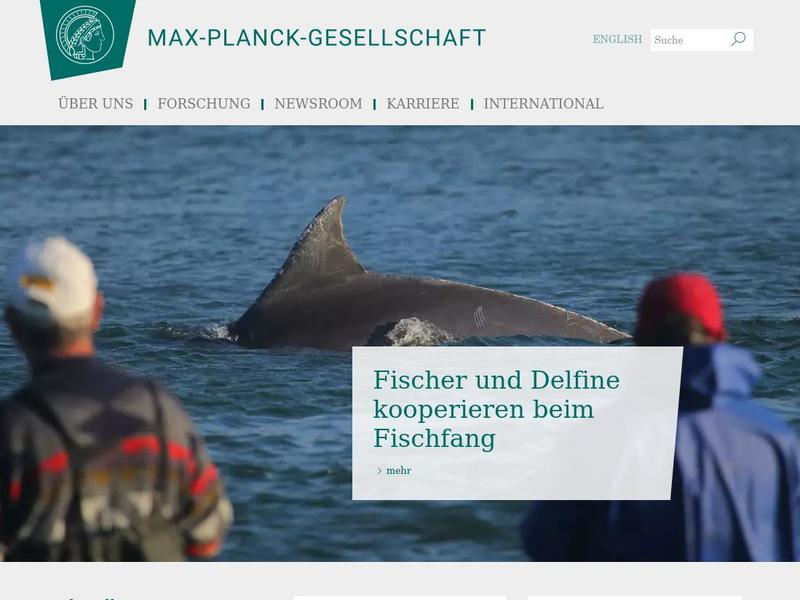Supermassive black hole hiding behind a ring of dust https://www.mpg.de/18287037/black-hole-ngc-1068
Using the Very Large Telescope of the European Southern Observatory (ESO), an international team of astronomers has unveiled this supermassive gravity trap. The researchers, including scientists from the Max Planck Institutes for Astronomy and Radio Astronomy, gained new insights into the mechanisms of active galactic nuclei, some of the brightest and most enigmatic objects in the universe. They also confirmed a 30-year-old theory.
is important evidence for a 30-year-old theory that is considered the standard model

